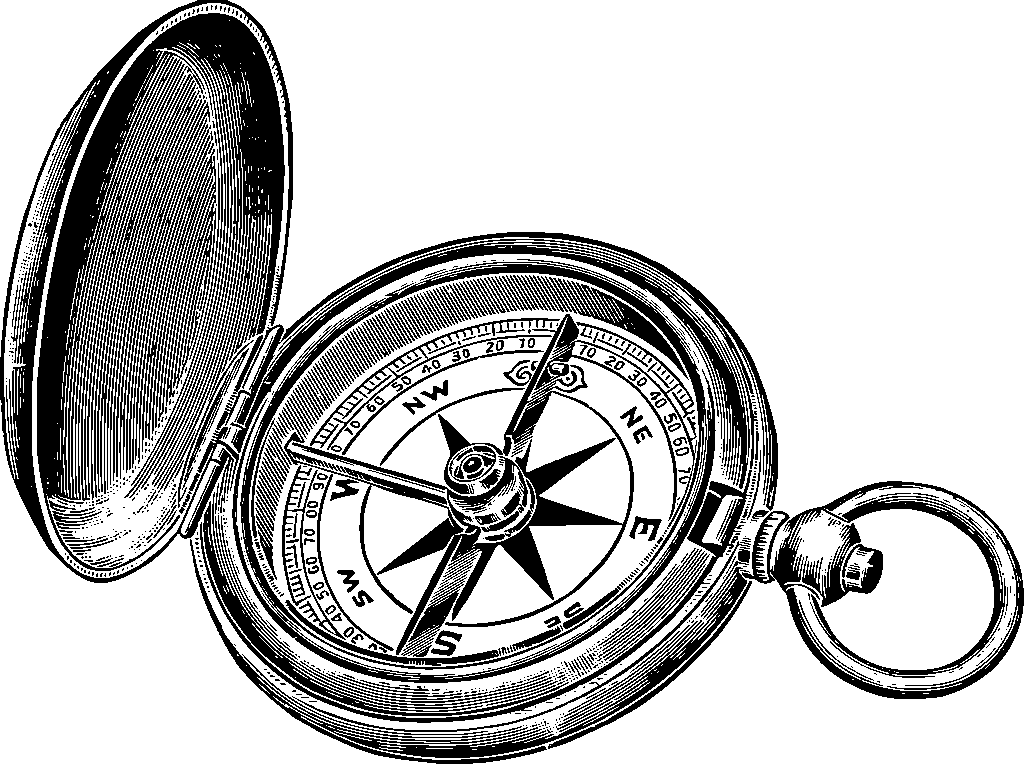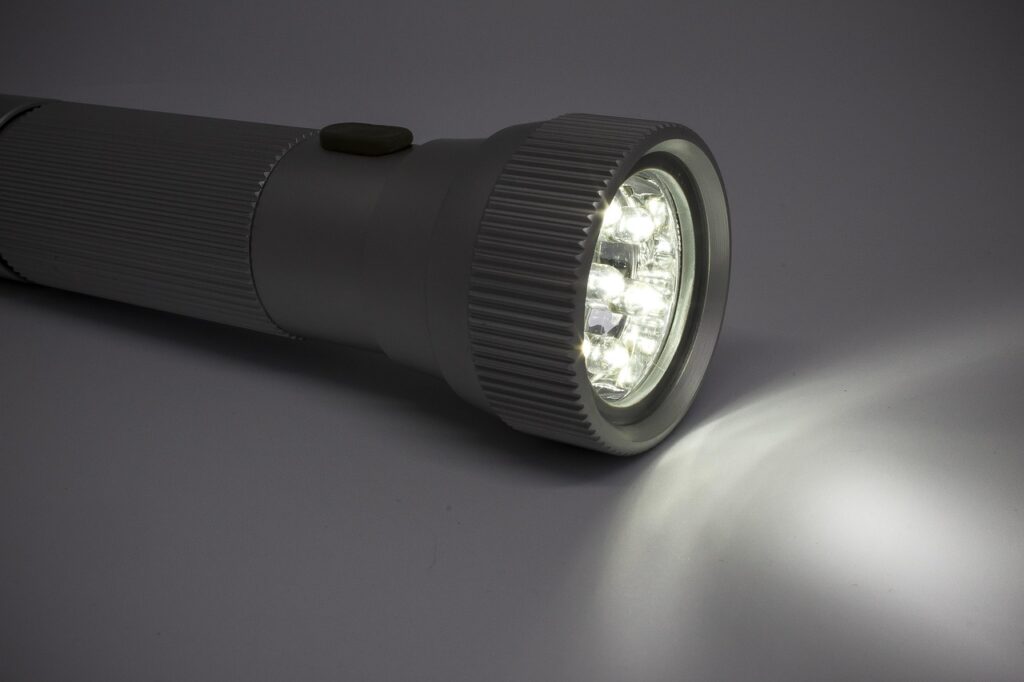Venturing into the great outdoors, whether for a quick day hike or an extended backcountry expedition, promises adventure, tranquility, and a chance to reconnect with nature. However, the wilderness, as beautiful and serene as it is, can also be unpredictable, turning a planned outing into an unexpected survival scenario in the blink of an eye. From sudden weather changes to unforeseen accidents, being prepared is not just an option—it’s a necessity for ensuring your safety and well-being. Knowing how to be safe and understanding the emergency priorities can truly make all the difference when something goes sideways.
Many adventurers diligently pack their tents, sleeping bags, and cooking gear, which are undeniably important for a comfortable experience. Yet, beyond the comforts of a prepared campsite, there exists a critical collection of tools and supplies designed to help individuals live long enough and overcome challenges in remote environments until search and rescue arrives. These are the items that address the most fundamental aspects of human survival, often proving to be even more crucial than your primary shelter for an overnight stay in the wild.
We’ve rounded up fourteen of the best wilderness survival tools that you can easily stash in your day pack or include in your camping kit. Whether your adventure outdoors goes sideways or not, all of these items will either come in handy for setting up camp or building confidence. They are the silent guardians that empower you with the capability to navigate, heal, signal, and sustain yourself when every moment counts. Let’s explore the first half of this indispensable list, diving into why each tool is a non-negotiable for any serious outdoor enthusiast.
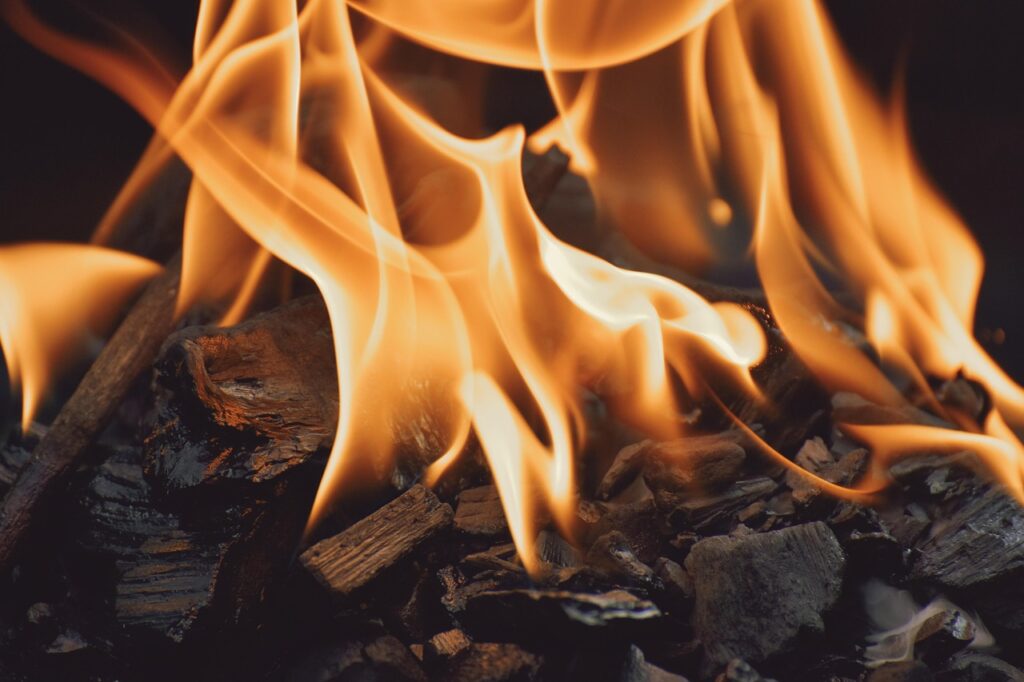
1. **Fire Starter**
There’s perhaps no greater testament to human ingenuity and our fundamental needs than the control of fire. According to Maslow’s Hierarchy of Needs, there’s nothing more important than food, water, warmth, and rest, and a reliable fire starter addresses all of these. It is arguably the single most important survival tool you can have in your kit, serving as a multi-faceted solution to many backcountry challenges.
With a dependable fire starter, you gain the ability to cook food, transforming foraged items or catches into sustenance. You can boil water, instantly purifying sketchy sources without worrying about diarrhea or picking up a nasty parasite, thus ensuring safe hydration. Beyond these practical applications, fire offers essential warmth, safeguarding against hypothermia, which can quickly become a deadly threat as temperatures drop after sundown, even in conditions you might not expect.
Furthermore, a crackling fire provides a psychological boost, radiating comfort and light that can ward off anxieties in the dark. It also contributes to sleeping safely without worrying about predators, as the light and heat act as a deterrent. There are many different types of fire starters you can choose from, but for sheer utility, options like the Firebiner—a carabiner equipped with a small blade and a ferro sparking fire starter—are highly recommended. It’s prudent to pack multiple types of fire starters in waterproof bags, ensuring you’ll have a reliable means to create fire even in the most challenging conditions. Your survival kit should include matches, lighters, and strikers, each serving a unique purpose. Don’t forget to include tinder, such as cotton balls soaked in petroleum jelly, or commercial tinder products, which can catch a spark and help you build a sustainable fire. A folding saw can also help gather tinder efficiently, making the difference between a warm fire and a cold night.
Read more about: Buyer’s Remorse in Every Mile: 12 Cars Drivers Say They’d “Unbuy” If They Could

2. **Survival Knife/ Multi-Tool**
When it comes to essential gear, choosing the right multi-tool, survival knife, or a combination of the two is a pretty personal decision, but it’s one that can have a profound impact on your ability to handle various tasks in the wilderness. It’s vital to find a tool that has features well-aligned with your skills and the type of tasks you anticipate performing, ensuring it’s the right size and weight for your kit. This versatile tool aids in various tasks such as cutting, preparing food, sharpening sticks, and much more, making it indispensable for any outdoor challenge.
Some individuals feel safer knowing they have a robust knife in tow, offering immediate utility for defense or heavy-duty cutting. Others prefer to stick to just a multi-tool that might not attract as much attention but is packed with essentials. For example, there are compact, machete-like blades that will help you chop firewood, like the Karen Hood Chopper, designed for tougher jobs. Conversely, for multitools, checking out the Leatherman Signal is a smart move, as it’s packed with essentials like scissors, a file, knife, tweezers, bottle opener, and mini-screwdriver, offering a compact solution for a myriad of problems. You can even get tactical pens in case scribbling notes is part of your emergency plan. Whatever you choose, always keep it in your pack, readily accessible.
In wilderness survival, your most trusted companion can be a well-chosen knife. It’s not just about having one, but knowing which type to pick, how to maintain it, and the practical uses it offers. A good survival knife is defined by versatility, durability, and regular maintenance. It’s not just for cutting; it’s for crafting items, building shelters, and more. For durability, opting for a fixed blade knife is often wise, as they’re sturdier, more reliable, and built to endure the toughest wilderness situations. Folding knives can serve as a secondary, compact tool in case your primary knife is damaged or lost.
To guarantee your survival knife remains a reliable tool, routine cleaning of the blade to prevent rust and corrosion is key, using mild soap and warm water, then drying thoroughly. Sharpening is equally important, as a dull knife can be more dangerous than a sharp one. Inspect the handle regularly for any damage to ensure a secure grip. Storing your knife properly in a sheath or protective cover prevents accidents. With a survival knife on hand, you are equipped for cutting ropes, preparing food, carving utensils, whittling fire starter strips, and even gathering and shaping materials for a makeshift shelter, making it a cornerstone of your survival kit.
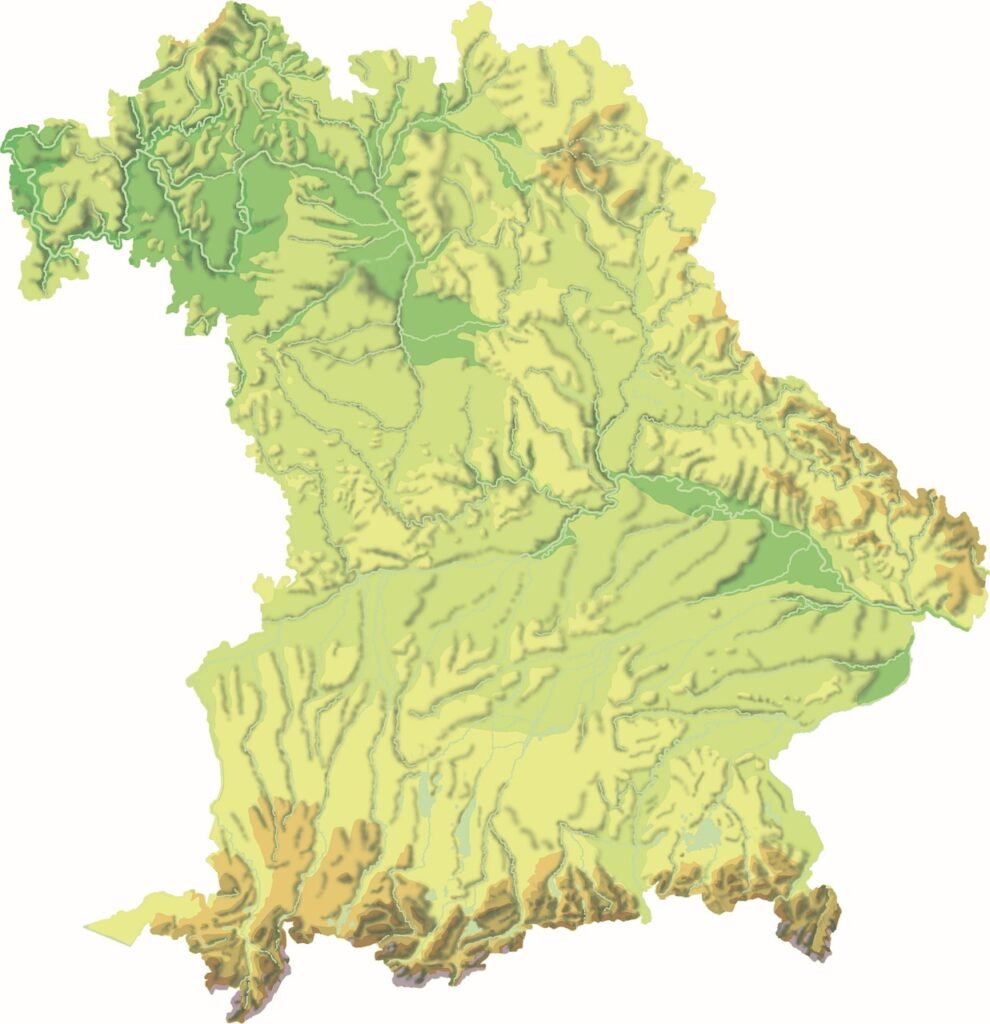
3. **Topographic Map**
Even in our increasingly digital world, the importance of analog navigational tools cannot be overstated. A topographic map, often overlooked in favor of GPS devices, is an absolute necessity that should always be on hand, regardless of whether you’re going on a flat, short day hike in a familiar area. It’s remarkably easy to get turned around and lost if you step off a trail, even in your most frequented stomping grounds, and a paper map doesn’t suffer from dead batteries or signal loss.
While it’s still very unlikely for you to get lost on a hike or backpacking trip if you stick to marked paths, it’s undeniably smart to learn how to read a topographic map. This skill isn’t just about avoiding getting lost; it’ll be a fun way to learn more about the area, understanding the terrain, elevation changes, and features around you. More importantly, it could be one of the survival tools that helps save your life, acting as a crucial guide when electronic devices fail.
Navigation tools like a map and compass are truly crucial for accurate route planning in the wilderness. They are not just old school; they’re timeless, reliable, and indispensable for outdoor enthusiasts, allowing you to accurately navigate and plan your route during your wild adventures. Knowing how to use a map is more than just a skill; it’s a fundamental survival tactic. It’s vital that you pack these tools for any backcountry trip, as they guarantee you can find your way even when electronic devices fail. There’s a myriad of guides and comparison charts available to help you choose the best map for your needs and preferences, but the skill to read it is paramount.
Product on Amazon: Shwuevei 65 pcs Fire Starter – Natural Fire Starters for Fireplace, Pellet Stove & Wood, Fire Pit, Smoker, BBQ, Chimney, Pizza Oven – Fire Starters for Grill, Charcoal Starter
Brand: Shwuevei
Binding: Product Group: Lawn & Patio
Price: 15.99 USD
Rating: 4.7 Total reviews: 1564
Features:
1. [All-Natural]: Fire starter sticks is made of Hand-woven from premium natural wood. Natural, odorless, no chemical additives, great for the environment!
2. [Long Burn Time]: Fire starter cubes burn up to 10 minutes, which is great for firing up charcoal and big firewood pieces. just one piece is enough to light a fire even in windy weather. They’re perfect as a grill, fireplace, and camping fire starter.
3. [Every Occasion]: The organic charcoal starter is an excellent choice to keep at home, a cabin, or when car camping. Great for campfires, hiking, wood burning stoves, open fires, pizza ovens, pit fires, fireplaces and charcoal lighters for BBQ and grilling.
4. [Wide Application]: Fire starter kit Portable, lightweight. Not affected by moisture, can burn for about 10 minutes even in damp conditions. For both indoor and outdoor use. ideal for survival kit, wilderness safety, best travel companion for camping, hunting and hiking trips.
5. [Safe For Cooking]: Our safe fire starters produce no flare ups or smoke, perfect for safely lighting indoor fires. Perfect for cooking, grilling – Odorless, tasteless, will not flavor food.
Top Review from US: “I bought these for a family camping trip and they worked even better than I had hoped. They’re SUPER easy to use. I was even able to light these up using my electric lighter which has a small spark. They burn for a fairly long time so the firewood easily caught fire and held a flame. Very reliable and never let me down. Fantastic product!”
Shopping on Amazon >>
Read more about: Beyond Boot Camp: 14 Essential Military Hacks That Could Be Your Lifeline in a Crisis
4. **Compass**
Much like your topographic map, a compass is an absolute necessity that stands as a reliable, analog backbone for navigation in the wilderness. It is lightweight, rugged, and incredibly easy to use alone or with other tools—provided, of course, that you know how to read one correctly. Its simplicity is its strength, offering pinpoint navigation without reliance on power sources or satellite signals, making it a lifeline in remote areas where GPS may falter.
To truly master this classic survival tool, consider taking an orienteering class with your local outfitter or a hiking or mountaineering organization. Such training will equip you with the precise knowledge of how to use a compass in conjunction with your topographic map, allowing you to confidently determine your direction and bearing in a pinch. This skill is not merely about finding north; it’s about plotting courses, identifying landmarks, and always knowing your position relative to your destination.
The combination of a map and compass are essential tools for navigation that aren’t just old school; they’re timeless, reliable, and indispensable for outdoor enthusiasts. They ensure you can find your way even when electronic devices fail, providing a robust backup for accurate route planning. Wilderness survival depends heavily on your ability to use these tools effectively. It’s worth investing time and effort to pick one that best suits your style of exploration, ensuring you equip yourself with quality gear and understand its usage to tackle any wilderness challenge confidently.
Read more about: Spill the Tea! These ’90s Child Stars Endured Some Seriously Messy Divorces
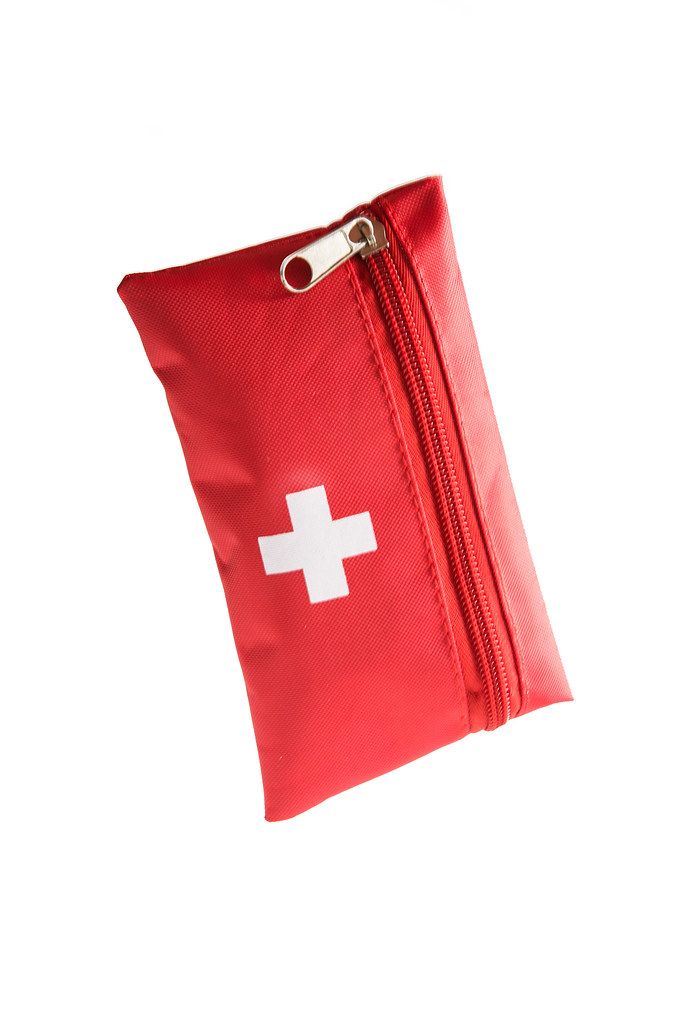
5. **First Aid Kit**
When venturing into the wilderness, especially for extended periods, a comprehensive first aid kit is not merely a convenience but an invaluable asset. A medical kit can prove indispensable in the backcountry, particularly if you’ve found yourself in a survival scenario because of illness or an accident. It’s vital you pack a first-aid kit equipped with essential items, as injuries can happen, and knowing how to handle common ones with your kit can prevent severe health risks. Your safety depends on understanding what’s in your kit, how to use it effectively, and how to respond in an emergency.
Think beyond just Band-Aids and antibiotic ointment for cuts and scrapes, which are certainly important for minor wounds. Your kit should include other items that can double as versatile survival tools. ACE bandages, for instance, can serve a variety of purposes, from supporting sprains to creating slings. Gauze pads are crucial for larger wounds and can be used for compression to help manage bleeding. Splints are essential for supporting fractures, while steri-strips can help close wounds with uneven edges. Alcohol prep pads are useful for a variety of purposes, including cleaning minor injuries to prevent infection.
You can save a lot of the guesswork by purchasing a first aid kit designed specifically for outdoor survival, ensuring it covers a broad range of potential injuries and ailments encountered in remote environments. It is paramount to keep one in your pack at all times; the last thing you want is for it to be in your car at the trailhead or your campsite a few miles away when disaster strikes. Furthermore, it can be a good idea to purchase a separate first aid kit and keep it in your vehicle, especially if you’re frequently car camping or rocking the vanlife, providing an additional layer of preparedness.
Essential first-aid items include triangle bandages, critical for serious injuries as they can form a sling or wrap for support and stabilization. Gauze, particularly when used for compression, can help manage bleeding and support makeshift splints. Small bandages and ointments are your first defense against minor injuries, preventing infection. However, these items are only as effective as your ability to use them, so it’s recommended to have first-aid training to enhance your capacity to handle emergencies effectively. A well-stocked first-aid kit is truly indispensable for addressing a range of medical needs in remote locations.
Read more about: Gone But Not Forgotten: Unearthing the Stories Behind 14 Iconic American Cars That Drove Off into the Sunset
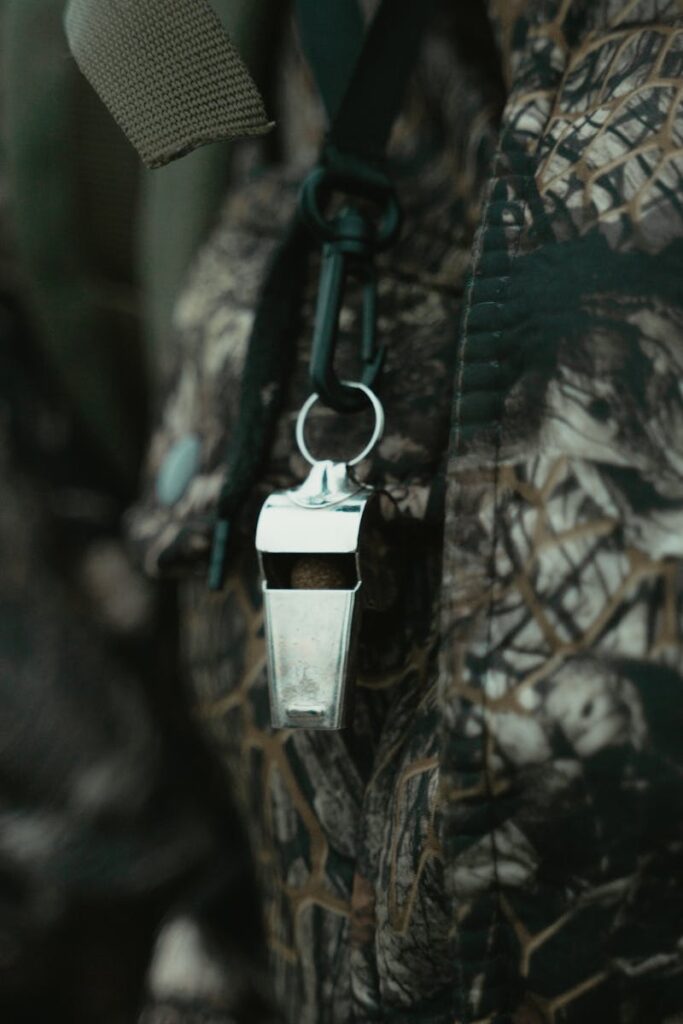
6. **Emergency Survival Whistle**
In the vastness of the wilderness, effective communication can be the thin line between a minor inconvenience and a life-threatening emergency. This is where an emergency survival whistle comes into its own. A good, loud whistle comes in handy for all sorts of wilderness applications, making it one of the most essential survival tools when you are frequently going into the backcountry where people are few and far between and wildlife is abundant.
Unlike shouting, which quickly depletes energy and has limited range, a whistle can project a focused, high-decibel sound over significant distances. Specifically, a whistle of at least 100 decibels will cut through ambient noise such as wind or rushing water, and travel great distances, effectively alerting potential rescuers to your presence. This capability greatly enhances your chances of being located by rescue teams, especially in remote areas where other means of communication might not be feasible.
Beyond signaling for human help, a loud whistle also serves a crucial purpose in wildlife encounters. It can alert animals like bears to your presence, giving them an opportunity to move away and preventing surprise encounters that could escalate into dangerous situations. For maximum effectiveness, it’s important to keep your whistle attached not just to your pack, if possible, but directly to your person. This ensures that in case you get separated from your gear due to a fall or other accident, you still retain your primary signaling device, enabling you to attract attention in case of an emergency.
Product on Amazon: Mr. Pen- Professional Compass for Geometry, Extra Lead, Metal Compass, Compass, Compass Drawing Tool, Drawing Compass, Drafting Compass, Compass for Students, Compass Geometry, Back to School Supplies
Brand: Mr. Pen
Binding: Sports Product Group: Office Product
Price: 8.99 USD
Rating: 4.4 Total reviews: 8206
Writing Instrument Form: Technical Pen
Color: Silver
Age Range (Description): Kid, Teen, Adult
Material: Metal
Features:
1. 1 High Quality Professional Bow Compass For Math, Geometry, Art, Drafting And Drawing; Creates Circles Up To 8 Inches In Diameter
2. Precision Geometry Compass With Spring Bow Head And Center Wheel Prevents Unintentional Leg Movements
3. All Metal, Nickel Plating Compass, Lifelong Satisfaction Guaranteed
4. Easy To Adjust Legs, Great For Precise Drawings
5. Packaged In A Clear, Reusable Pouch. Easy To Carry And Store
Top Review from US: “Does the job it is intended for . Sturdy accurate and well made. A good value for your money, and great for professionals, students, and artists alike The compass works smoothly and no defects at all. Easy use and looks nice and feels good in handling.”
Shopping on Amazon >>
Read more about: Mastering the Wild: 10 Indispensable Survival Skills Every Man Must Know

7. **Paracord**
Everyone from serious hikers to the hobbits in Lord of the Rings will expound on the importance of traveling with rope, and for good reason. For the modern survivalist, however, paracord, which was invented in 1935 for military use, is the superior way to go. This lightweight yet sturdy cordage is an absolutely essential addition to your survival kit, offering unparalleled versatility and strength in a compact form.
Because it’s made of lightweight, sturdy nylon and multiple strands of fiber, paracord is an incredibly useful survival tool. Its robust construction allows it to support up to 550 pounds, proving its immense strength and utility for various demanding tasks. This makes it ideal for rigging tarps to create makeshift shelters, repairing broken gear—even something as complex as the Hubble Space Telescope has seen paracord used for repairs!
Beyond its utility as a whole rope, paracord can be taken apart for its individual strands, which are fine enough to be used as sewing thread for clothing or gear repairs, or even as fishing line to secure a food supply. The individual strands can also be braided together to create a broader, stronger rope for heavier tasks. A practical way to ensure you always have access to this vital resource is through a wearable survival rope bracelet, like Outdoor Element’s, which uses high-strength paracord, giving you access to rope on your person at all times. Paracord’s versatility and durability make it a valuable tool for tying down gear, creating makeshift tools, or constructing a shelter. As the saying goes, ‘It’s better to have it and not need it, than need it and not have it.’ That’s why it’s always a good idea to pack extra, ensuring you’re prepared for any emergency situation.
Read more about: Unlock Your Ultimate Style: 14 Must-Have Accessories for Women Over 50 to Add Instant Polish and Class

8. **Water Filtration**
The average human can only survive about three days without water, making safe hydration one of the most critical elements of wilderness survival. While it’s always prudent to carry more water than you anticipate needing for any hike, especially in case of unexpected delays, relying solely on carried water isn’t a sustainable long-term solution in a survival scenario. This is where a reliable water filtration system becomes not just smart to have, but absolutely essential for sustaining life in the backcountry.
In a situation where you find yourself unexpectedly stranded or navigating a prolonged emergency, you will undoubtedly need to collect and treat water from natural sources. This treated water is vital not only for staying hydrated yourself while you wait for help or hike out, but also for a multitude of other critical tasks. Safe water will be needed for cleaning wounds, which prevents infection and serious health risks, for repairing gear that might require water for cleaning or manipulation, and certainly for cooking any foraged or hunted food, making it safe for consumption.
A robust water purification system is designed to effectively remove harmful bacteria and protozoa that can lurk in natural water sources, transforming questionable water into drinkable hydration without causing debilitating illness like diarrhea or nasty parasites. The market offers various types of systems, from compact pump filters that can process larger volumes to convenient straw filters for immediate personal use. Your choice should align with your comfort, anticipated usage, and the specific demands of your adventures.
Beyond mechanical filtration, water purification tablets serve as a lightweight and highly portable backup option, offering a critical safeguard. In an emergency, these small but mighty tablets can be a lifesaver, rapidly providing you with safe drinking water within minutes. It is also advisable to always carry extra water, even with purification systems on hand, as you never know when you might run out of a safe source or encounter water too contaminated for even the most robust purification methods. Proper hydration is non-negotiable for survival.
Read more about: Decoding the Digital Underworld: 14 Essential Gadgets for Cyber Security Professionals
9. **Flashlight / Head Lamp**
Imagine being lost, stuck in a backcountry emergency, or trying to manage an unexpected overnight stay in complete darkness. The challenges of wilderness survival are exponentially harder without adequate illumination. Even if your plans only involve a day hike, it is always wise to have a dependable headlamp on hand, or at the very least, a small pocket-size flashlight. These tools transcend mere convenience, becoming indispensable for navigation, task completion, and morale when the sun dips below the horizon.
Choosing your primary light source is a crucial decision for any outdoor enthusiast. You need something reliable for navigation that can withstand the rigors of the wilderness. Models like the Coast G23 or Fenix E12 flashlights offer dependable illumination, while headlamps such as the PETZL Tikka, Black Diamond Storm, or Nitecore NU25 provide the invaluable benefit of hands-free operation. A headlamp is particularly ideal when you need both hands for critical tasks like setting up an emergency shelter, using a pocket knife for intricate work, or operating a water filter in low light.
The ideal light source should embody versatility, robustness, and long-lasting performance. Prioritize durable and waterproof models, like the Fenix E12, which are built to withstand harsh outdoor conditions, ensuring your light won’t fail when you need it most. Equally important is battery life; choose flashlights with prolonged operational times and always pack extra batteries as part of your backup lighting strategy. Reliable models offer dependable illumination, but they are only as effective as their power source.
Having backup lighting is a concept that cannot be underestimated when exploring the wilderness, especially during emergencies. Beyond simply seeing your surroundings, emergency visibility is crucial for signaling for help. Should your primary light source fail, an additional flashlight or a fresh set of batteries can literally make all the difference, providing the means to navigate safely through the night or to attract the attention of potential rescuers. Do not skimp on backup lighting; it could transform a minor inconvenience into a life-threatening situation.
Read more about: The Indispensable Arsenal: Unpacking the Ultimate Tool Kit for Every Man (And What’s Missing From Yours)
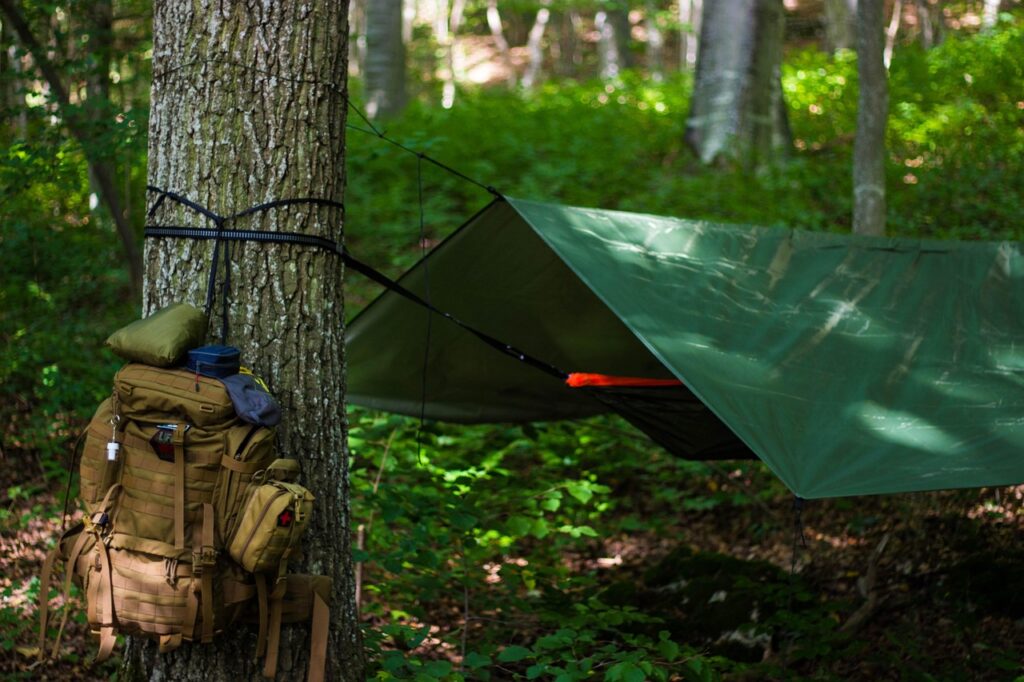
10. **Tarp**
When constructing an emergency shelter in the wilderness, you can’t always count on being able to build an elaborate survival igloo, and sometimes you’ll want to reserve your space blanket for wrapping around your body for warmth, not for hanging over your head. This is precisely why a versatile and sturdy tarp stands out as such a key survival tool, offering a practical and adaptable solution for immediate protection from the elements. It’s a foundational piece of gear for any comprehensive wilderness survival kit.
A lightweight tent or tarp provides essential emergency shelter and protection from rain, wind, and insects, which can quickly become debilitating threats in the backcountry. Beyond its primary role as an overhead cover, a tarp offers numerous other practical applications. It can be utilized as a reliable ground pad for your tent, adding an extra layer of insulation and protecting the tent floor from abrasion. In a survival scenario, it’s also perfect for covering your campsite or protecting valuable gear from precipitation, dew, or harsh sun.
Furthermore, the utility of a tarp extends far beyond basic shelter. Its clean, durable surface can serve as an impromptu prep surface for food, keeping it off the dirty ground and minimizing contamination. Perhaps one of its most ingenious uses in an emergency is its ability to collect drinking water; simply angle it to funnel rainwater into a container, or use it to gather condensation, providing a crucial source of hydration when other methods are unavailable. The sheer versatility of a good, sturdy tarp makes it almost indispensable.
There are few items in any survival kit as adaptable as a tarp, capable of addressing a wide array of needs from basic comfort to critical life-saving functions. When you consider the duration and type of your backcountry adventure, a lightweight tarp proves itself as a crucial element for protection from rain, wind, and insects. Its ability to provide shelter, protect gear, and even collect water underscores its status as a must-have item that can significantly enhance your chances of enduring an unexpected overnight stay in the wild.
Read more about: Rock Legend Jeff Beck: A Look Inside His Epic Collection of American Muscle and Hot Rods

11. **Signal Mirror**
In the vast, often unforgiving expanse of the wilderness, the ability to effectively communicate distress is paramount, particularly when other means of contact are impossible. This is where the humble signal mirror, sometimes referred to as a rescue mirror, transcends its everyday use and becomes a genuinely vital survival tool. These unbreakable reflectors are specifically designed for outdoor applications, engineered to send a visible sign that can dramatically increase your chances of being located by rescue teams.
While on any regular day you might use a mirror to help apply sunscreen without missing a spot, its true power emerges if your trek goes sideways. The concentrated, reflected glimmer from a signal mirror can reach up to an astonishing seven miles, and under optimal weather conditions, even up to 15 miles away. This incredible range allows it to effectively alert pilots or ground search teams to your exact location and distress, even from a considerable distance where a shout or whistle might be entirely unheard.
To effectively use a signal mirror for long-distance signaling, mastering the technique is crucial. First, catch the sun’s glare on the mirror’s surface. Next, aim the reflection onto a nearby stable surface, such as your hand or the ground, creating a bright spot. Then, slowly move this reflected spot towards your intended target, such as an overhead aircraft or a distant ridge where rescuers might be. Once aimed correctly, a well-angled mirror can send a powerful flash of light that is visible from miles away, grabbing the attention of potential rescuers.
It’s important to repeat the flashing sequence, moving the mirror in different directions if you’re unsure of where help might originate. Signal mirrors are truly indispensable in emergency situations and are particularly vital when you’re in remote areas where electronic devices or other communication methods might not be feasible or have failed. Carrying one ensures you have a reliable, non-electronic means of attracting attention, greatly enhancing your chances of rescue when every moment counts.
Read more about: Buyer’s Remorse in Every Mile: 12 Cars Drivers Say They’d “Unbuy” If They Could
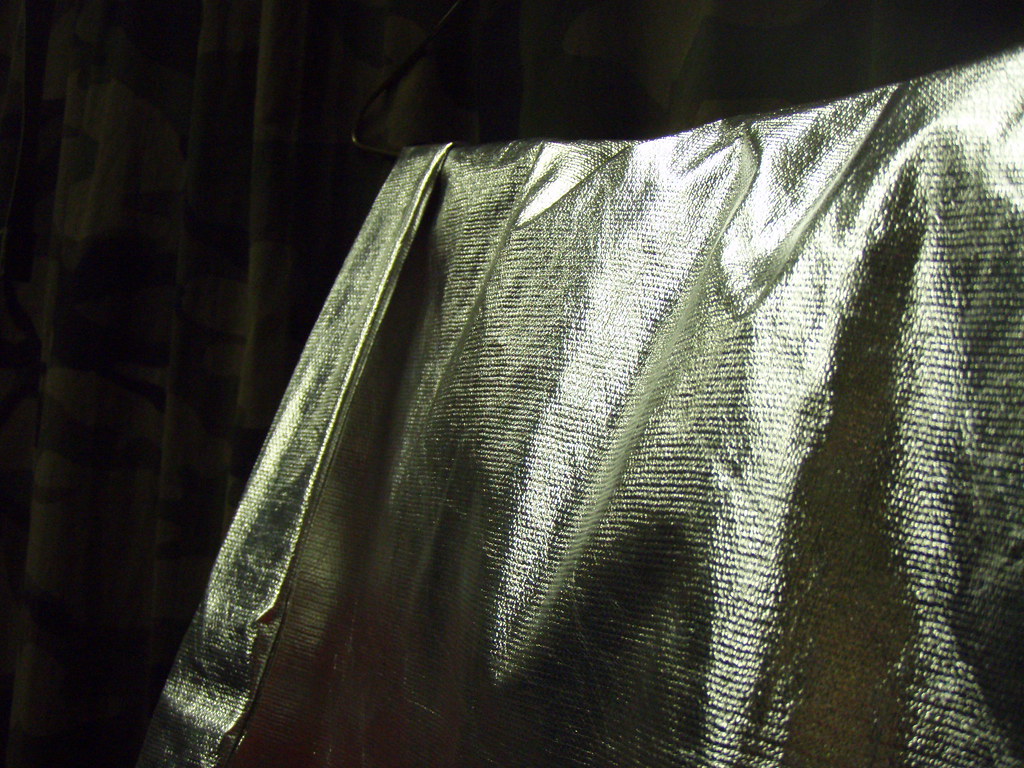
12. **Space Blanket**
Staying warm can quickly become one of the biggest challenges in survival scenarios, even in conditions you might not initially expect to be cold. Temperatures have a notorious habit of dropping rapidly after the sun goes down, especially in exposed alpine or arid desert environments. Furthermore, moisture or humidity can significantly impact your body’s ability to retain heat, meaning that even if the daytime temperature was warm, wet clothes or a damp body will force you to work much harder to maintain a safe core temperature, making hypothermia a serious threat.
This is precisely why a space blanket, also known as a solar blanket, holds a significant place in essential survival gear. These incredibly lightweight blankets are not an alternative to a robust sleeping bag, but they are absolutely perfect in a bind. Engineered with advanced materials, they are designed to reflect and conserve your body heat very effectively, retaining up to an astounding 90% of it back at you. This forms a critical barrier around your body that traps in heat, preventing loss and making it significantly easier to stay warm and dry, thus safeguarding against hypothermia.
Beyond their primary function of heat retention, space blankets boast remarkable versatility as a survival tool. Their reflective surface can be strategically deployed to use the power of the sun or even a candle to cook food, acting as an effective reflector to concentrate heat. The shiny surface is also highly visible, making it an excellent signaling device to attract attention in emergencies or to mark your trail, showing which way you went.
Moreover, a space blanket can supplement other shelter constructions, serving as a ground cover beneath a tarp or even as an additional layer within a makeshift shelter to boost insulation. Their compact, lightweight nature means they add minimal bulk or weight to your pack, yet provide a lifesaver in emergency situations. Made from tough materials, they can be folded down to a tiny size, ensuring you’re always prepared to combat the cold and utilize its multi-functional benefits.
Read more about: Ruth Paine’s Enduring Witness: A Deep Dive into the Life of a Key Figure in the Kennedy Assassination
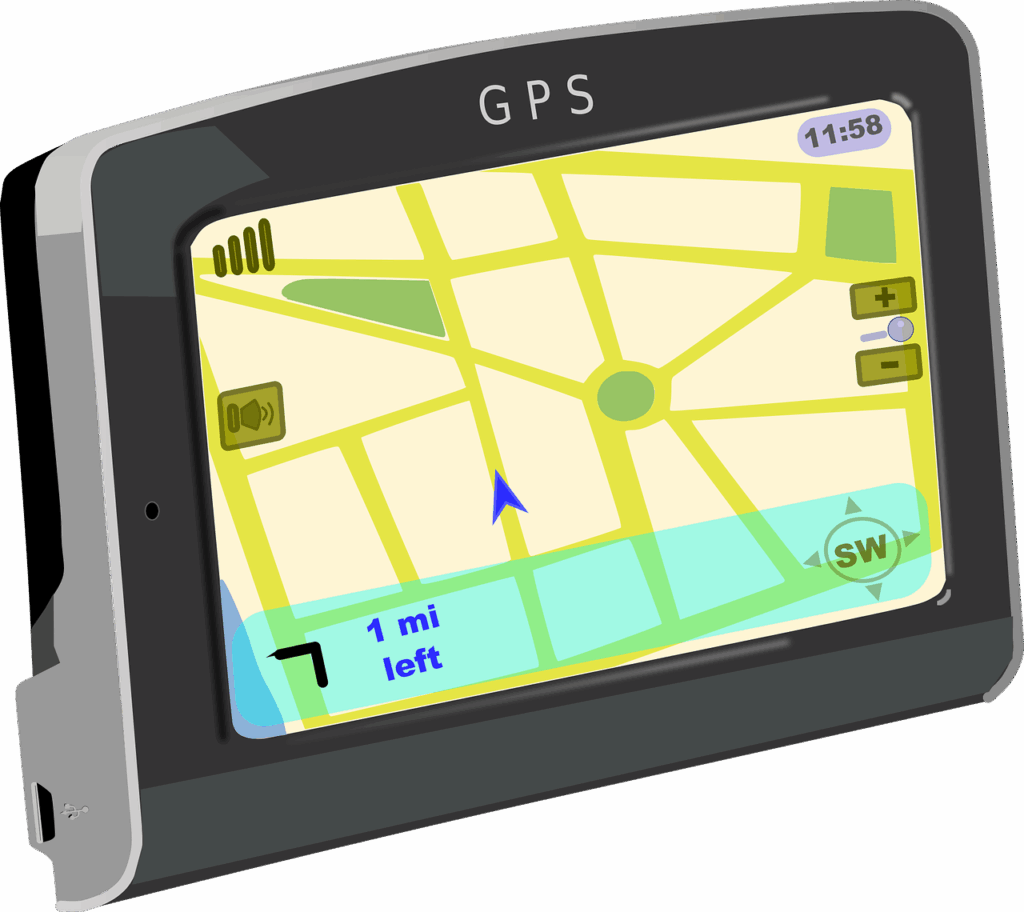
13. **GPS locator**
While a topographic map and compass remain timeless and critically important for fundamental navigation skills, the integration of modern technology can significantly enhance your safety in the backcountry. A GPS locator, such as the Spot X, represents a powerful leap forward, instantly allowing you to summon emergency responders directly to your precise location, providing an invaluable layer of security that traditional tools cannot match. This advanced device is often considered an even better addition for those venturing into truly remote territories.
One of the most crucial advantages of a personal locator beacon (PLB) is its independence from cell phone signals. These devices are engineered to transmit your SOS signal and your exact GPS coordinates no matter how far-flung your adventure takes you, bypassing the unreliable cellular coverage often encountered deep in the wilderness. This ensures that even in the most isolated environments, your call for help will reach search and rescue services, providing them with the critical information needed to initiate a rapid response.
Furthermore, many modern GPS locators are capable of messaging beyond a generic SOS. This allows you to communicate more detailed information to friends, family, or rescue coordinators. You can relay specific updates, such as informing them if you’re simply running late and not in immediate peril, or if you require specific assistance that goes beyond a standard emergency. This two-way communication can significantly streamline rescue efforts and alleviate worry for those waiting for your return.
Integrating a GPS locator into your survival kit provides unparalleled peace of mind and a tangible increase in your capacity for emergency communication. While skills with a map and compass are essential, a PLB serves as your ultimate digital lifeline, ensuring that even when all else fails, you have a direct and precise means of connecting with help. It’s an investment in your safety that stands as a testament to embracing innovation for outdoor preparedness.
Read more about: Mastering the Wild: 10 Indispensable Survival Skills Every Man Must Know
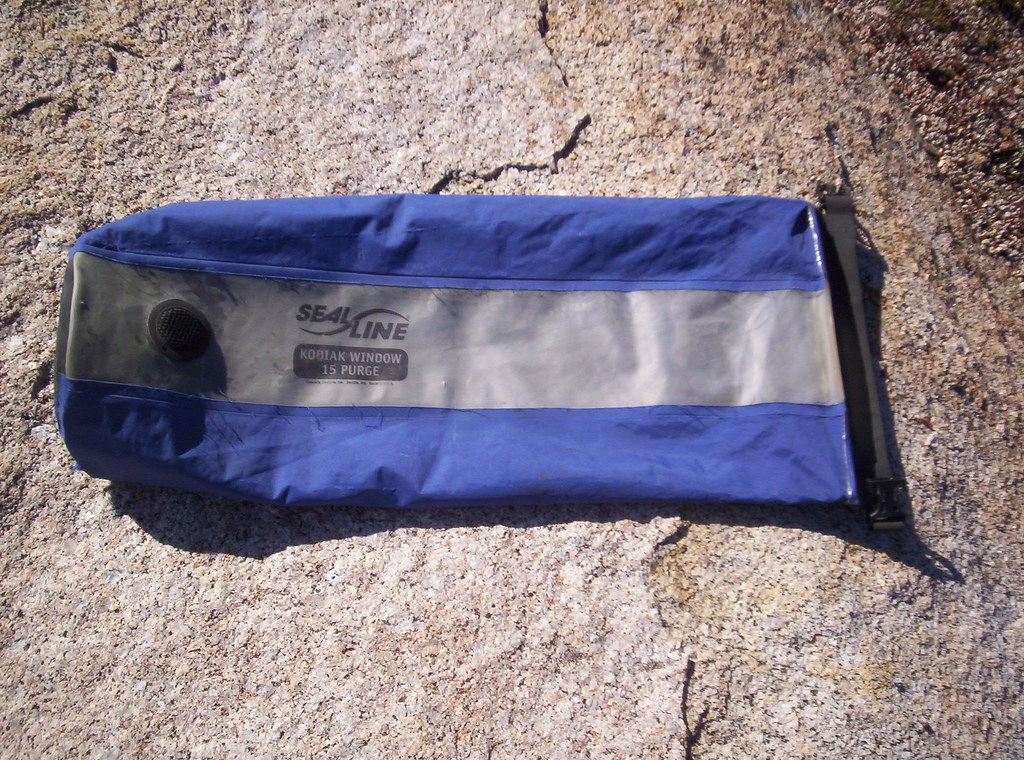
14. **A dry bag or Ursack**
After meticulously assembling a kit of essential survival tools, the last thing any outdoor enthusiast wants is for those vital items to become compromised by the elements or damaged by wildlife. This is precisely where a dry bag or a smell-proof Ursack proves to be an indispensable addition, serving as a crucial protective layer for your most important gear. Ensuring the functionality of your survival tools, like your matches, fire starter, phone, or topographic map, by keeping them safe and dry, is paramount to your overall preparedness.
A high-quality dry bag provides a robust defense against water intrusion, whether from an unexpected downpour, an accidental dip in a stream, or prolonged exposure to damp conditions. By sealing out moisture, it guarantees that items such as your fire-starting materials will ignite when needed, your electronic devices will function, and your maps will remain legible. This simple yet effective piece of gear ensures that the tools you rely on will perform optimally precisely when you need them most, rather than becoming useless liabilities.
For adventurers concerned about attracting unwanted attention from curious or hungry wildlife, especially when carrying food, opting for an Ursack offers an enhanced layer of security. An Ursack is a specialized, bear-resistant dry bag designed to protect its contents from animals. If you choose the Ursack route, you can confidently store not only your essential survival tools but also your food — or even a “cannabis stash,” as the context humorously suggests — keeping it inaccessible and its odors contained, thus deterring wildlife while you focus on getting back to safety.
Ultimately, a dry bag or Ursack is more than just a storage container; it’s an investment in the reliability of your entire survival kit. It protects the integrity of your crucial items, ensuring that your preparedness efforts aren’t undone by environmental factors or animal interference. By securing your gear in such a manner, you significantly boost your confidence and capacity to manage any situation the wilderness throws your way, making it a critical component for every serious outdoor excursion.
As we conclude this exploration of indispensable wilderness survival tools, it becomes abundantly clear that preparation is not merely a suggestion, but the bedrock of a safe and successful outdoor experience. From the foundational ability to make fire and navigate by map and compass, to the advanced capabilities of modern GPS locators and specialized gear like tarps and space blankets, each item on this list plays a critical role in empowering you to face the unpredictable challenges of the wild. Equipping yourself with these fourteen essential tools means you’re not just carrying gear; you’re carrying confidence, capability, and the critical advantage to overcome adversity. So, pack smart, train well, and step into nature knowing you’re ready for whatever adventure awaits.

